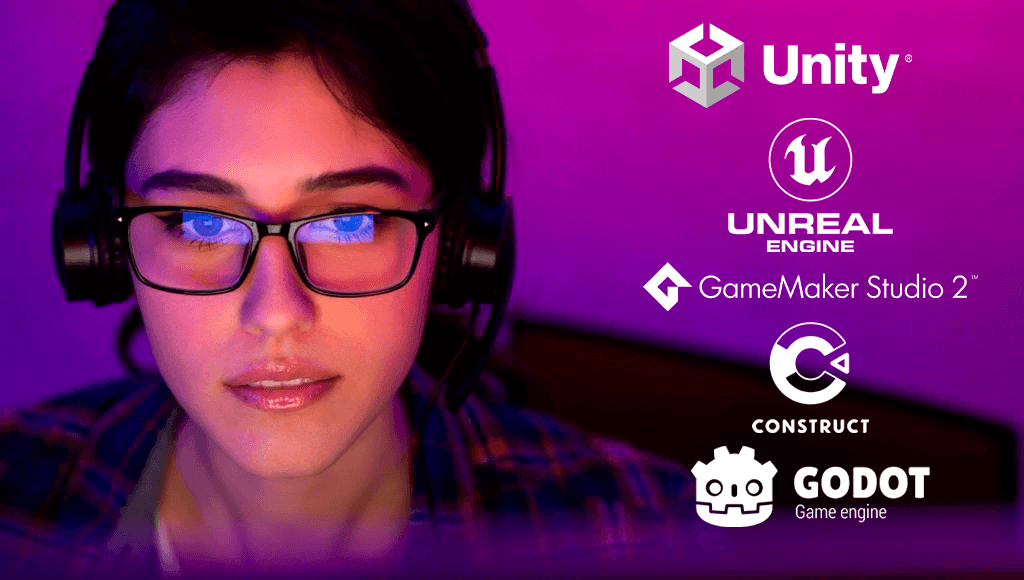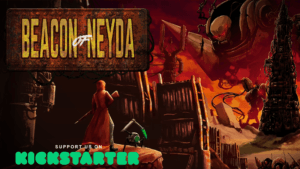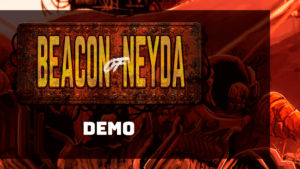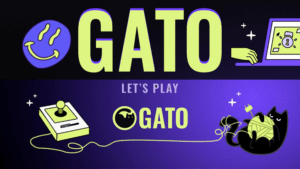Knowing which tool to use to work, which is more appropriate for each person or team, is somewhat complicated, luckily with the next note and the next ones, we hope to add a little light and remove doubts on the subject.
Today we are going to deal with the topic “Engines”. Which graphics engine is best? Free or paid options? 2D, 3D or both? This article does not seek to be a definitive guide, we try to expose some general points in each option. So that each reader finally chooses or not to delve into the subject.
Let’s start with a quick list of the most used engines and then expand each one, to find out if it is what they are needing or looking for for their projects.
Let’s start with the two current giants, Unity and Unreal Engine, then we can advance on other alternatives, Game Maker Studio 2, Construct 3 and RPG Maker, finally we can close with Godot and mention some lesser-known engines.
Let’s start with a very important point when choosing an engine, the learning curve of it, Unity is at an almost ideal point. It is relatively easy to understand at the beginning, it has enough tools and elements to start any kind of project. The reason for this is that it is an engine that can be used for 2D, 3D, VR, AR development on multiple platforms, mobile, consoles, pc, etc.
This Unity capacity makes it ideal for projects that want to be launched on all the platforms that we can think of. Another point in favor is that being one of the most used engines in the world, both its community and its documentation and tutorials are huge. Finally two points that can make a difference, first it has an asset store very complete in which spending a small amount on some items can save us many hours of work. The second point is that it is free… or something similar, it has a licensing system ranging from Personal to Pro, what does this mean? Well, if in the last year our earnings with our projects with Unity were less than one hundred thousand dollars it is totally free, the Plus version is for earnings less than two hundred thousand dollars and the Pro version is royalty free.
But not everything is ideal with Unity. Version fragmentation, implementation through experimental or stable functionality packages, can make it a bit frustrating to deal with.
Our verdict is that it is an ideal engine to start, both for individual and group projects, which requires a little effort to understand it and be able to take advantage of its potential to 100%.
The other great titan in the market… Unreal Engine, we can find ourselves with a somewhat complicated learning curve at the beginning a point to highlight is that Unreal gives us complete control of its engine therefore when starting it can be overwhelming the large amount options and elements that we will have at our disposal. But beyond this start we will have an incredibly powerful tool that can, like its previous counterpart, deploy for multiple platforms, both in 2D and 3D, AR and VR.
Again we find an ideal engine for general launches in all types of systems thanks to its large community and its documentation we will not have problems finding tutorials or solutions. A highlight is the fully integrated blueprint system, a node- and component-based scheduling option ideal for non-programmers. Okay, the two points, it also has a very complete asset store, of great quality and the engine is relatively free too… you only pay a royalty of 5% once your project exceeds a profit of one million Dollars.
Considering the starting point of a more difficult learning curve, another of the complications that we can find is to a certain extent its optimization for mobile devices, remember that by default Unreal Engine is a very powerful tool with a lot of graphical power.
Our verdict, Unreal Engine is an incredible tool, although it is possible to carry out one-person projects but our suggestion is to have a minimum team of two people onwards to be able to take advantage of its capacity, if you are looking for a superior graphic fidelity for your projects this engine is the ideal choice.
We start with more specialized engines, Game Maker Studio it is an engine oriented mainly to 2D development with some capabilities for 3D, its learning curve is normal to easy in certain aspects but don’t be fooled by this, it is a very complete tool and likewise Than those mentioned above, you can export to multiple platforms.
Again we find a very active community with good documentation and easy to find tutorials and solutions. As expected it has its own asset store and two models for creating games, similar to Unreal that combines programming with its blueprints system, GMS has a Drag and Drop system for programming, apart from its own programming language called GML (Game Maker Language). Game Maker has a licensing system, it has a free version which is limited to where the created game can be exported. Each new level of the license will allow exporting to new platforms.
This last point of limitation when exporting according to the type of license that each user has, becomes the most conflictive part of the engine, even so it is a good tool for 2D productions.
Our verdict, a tool especially useful for 2D developments oriented to the most common platforms and consoles, can be handled individually or as a team, and is relatively easy to learn.
The learning curve fell to the floor, we find one of the easiest engines to learn, Construct 3 is a development system based on HTML5 which may be a point that alienates the most purists but it is really worth trying. It is specialized in 2D development, with limited 3D capabilities (although continually expanding).
Being based on HTML5, its wide use for web games is not surprising, although it can export to multiple platforms other than web, its Drag and Drop system for programming is very easy to learn and it has support for java script. Again we find an active community, good documentation and easy access to tutorials. Construct 3 has its own asset store as well, but as we are going to see with these smaller engines, it has a paid licensing system, despite having a free trial version, this is very limited and can actually be exported to platforms. apart from web, we will need if or if a paid license.
But there is a negative point to highlight, being the limitations when exporting, although in relation to previous versions this has improved, it is still behind in terms of export capabilities to consoles in a certain way it can be understood. But with a tool with so much potential, this damages its use in a wider way.
Our verdict, a great tool for 2D web game development, although it is not limited only to this platform, with an extremely easy learning curve for both individual and work teams.
Of all the spoken engines, this is the most specialized that we are going to deal with, since RPG Maker as its name indicates (what a surprise) it serves to create 2D RPGs in a relatively easy way with a normal learning curve, your projects are they can export to mobiles and PC.
Incredibly for many this engine has been their first contact with the world of video game development, therefore we wanted to mention it, it has an asset store and an incredibly active community this results in a certain ease in finding solutions to problems and tutorials, RPG Maker is paid, but only once and can be found at a very good price during sales times.
As you will see, we do not expand many aspects of this engine, since it is limited to the creation of 2D RPGs only but skilled users can generate other types of game genres, but we believe that as a specific tool it is, that’s fine.
Our verdict, a one-man tool or for teams, who want to create a 2D RPG for some reason, is ideal for that task, but for anything else, we recommend the use of other tools.
Last but not least Godot is a 2D and 3D engine with a normal to easy learning curve, it is a tool with great qualities, we could say that it is at a somewhat strange point in terms of its positioning it has the capabilities to export to multiple platforms, mobile, PC, Consoles, VR and AR, with a very good quality.
Godot is free and we are not referring to the free of previous engines, it is totally royalty free, the engine is maintained and carried out by its community although it has a founding group as the basis of the project. It has a library of assets, yes, you read correctly not a store but a totally free library in which the community collaborates.
Now the negative point … although the documentation has been greatly improved, there are still lax points in it, there are many tutorials, but it suffers from a fragmentation of versions, similar to what happens with blender, other free software maintained by the community.
Our verdict, a very useful tool ideal for individuals and small teams, with growing potential.
OTHER
There are many other engines but we comment on which we have had or have experiences. But we leave you a small list with the names and links to other engines that seem to us to be good options or alternatives to those already presented.
Gdevelop: Free (similar to Construct 3)
Smile Game Builder: Payment (Similar to RPG Maker but 3D)
We hope that with these simplified analyzes, we have aroused your curiosity for each engine and you will seek to investigate more about each one if you are still undecided on which tool to use.





No comment yet, add your voice below!